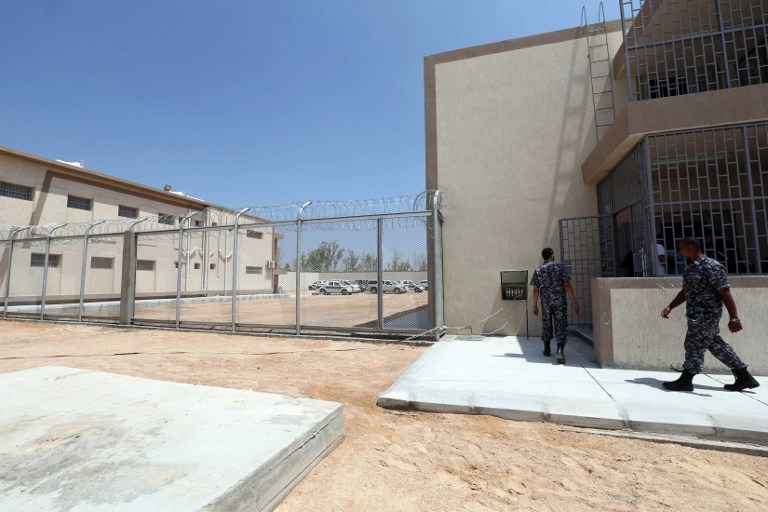Emirati 'spy' killed in detention in Libya

A former Emirati police sergeant arrested in Libya's capital in 2015 on suspicion of espionage has been killed by a member of the intelligence services who was himself shot dead, Tripoli's state prosecutor said on Wednesday.
Seddiq es-Sour told a news conference that the detained man, named by local media as Yousif Saqr al-Wilayati, was arrested in November 2015 and awaiting trial on charges of links to Dubai's police force.
"He claimed to be a businessman with no ties to Dubai police, but intelligence agents found photographs of sensitive sites on his phone, including of the Turkish embassy," Sour said.
The material on his phone reportedly included a half-hour video of the Turkish embassy and the Libyan Supreme Court.
"A member of Libyan intelligence killed the Emirati citizen before being gunned down by security forces," the prosecutor added, without giving a date for the incident.
Sources told Africagate News that the man’s killer had himself been shot dead last Friday.
Officials have given no explanation for the incident, and provided no further details.
The Emirati was arrested at Mitiga Airport in Tripoli in November 2015, by forces of the General National Congress, the Islamist-dominated parliament that controlled the capital at the time.
After Wilayati’s arrest, police in Dubai denied links to him but said he had served as a sergeant with the force until five years ago.
His arrest came shortly after a number of Libyan businessmen in the UAE were arrested, with most eventually being released without charge after periods of detention.
It is not clear whether Wilayati was ever formally charged, tried or convicted for his alleged activities.
There was no public reaction from the UAE to the killing by the time of publication.
Middle East Eye propose une couverture et une analyse indépendantes et incomparables du Moyen-Orient, de l’Afrique du Nord et d’autres régions du monde. Pour en savoir plus sur la reprise de ce contenu et les frais qui s’appliquent, veuillez remplir ce formulaire [en anglais]. Pour en savoir plus sur MEE, cliquez ici [en anglais].




